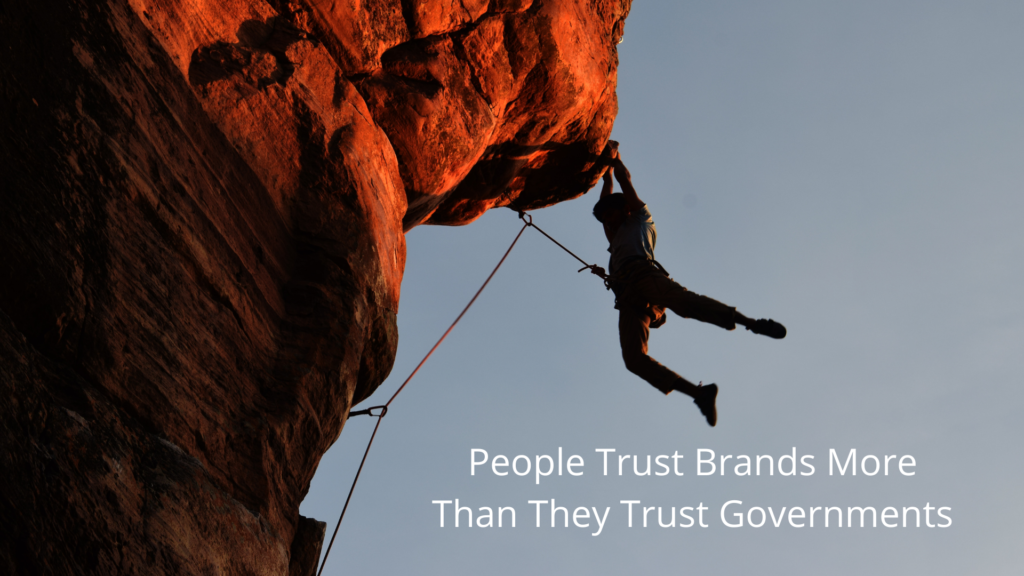As giants go, Wells Fargo was a big one. In 2008 it became a coast-to-coast super-bank with $1.4 trillion in assets and 48 million customers. From there, Wells Fargo grew to the point where it became the largest mortgage company in the country, providing one in every three home loans.
Everything should have been awesome. But it wasn’t. Things began to go catastrophically wrong, and people – Wells Fargo customers and the general public – felt like they couldn’t trust the bank any more.
Side-Eyeing the Giant: What Causes Trust to Be Lost?
In the course of my research into how customers gain and lose trust in brands, I’ve seen several companies – giants, if you will – stumble through a scandal, recover, and emerge smarter and stronger. The opportunity was there for Wells Fargo to move past an admittedly massive fake accounts problem successfully.
But that’s not what happened. Instead, during the pandemic, Wells Fargo unfairly denied hundreds of struggling homeowners loan modifications. The number of foreclosures, along with heartbreaking stories of families losing their homes, dominated the news cycle for months. The bank blamed their software, but from the public’s perspective, the giant stumbled again. When Wells Fargo had to pay 1,800 homeowners over $12 million in compensation, that made headlines too.
No Trust, No Love: What Are You Going To Do When You’re Your Only Friend?
Wells Fargo lied, cheated, and made little kids homeless. That’s a lot to come back from, particularly in terms of customer trust and love. Wells Fargo is no longer the biggest bank in the country. They’re third – and the new leadership is talking about not being tethered to past ambitions. They’re no longer interested in being #1 simply for the sake of being #1 – which is exactly the sort of sour grapes rhetoric you get from a brand that knows it’s never going to be on top again.
That being said, there’s a lot to be said for right-sizing an organization during troubled times. If you have parts of your business that carry great potential to leave you looking like a bad guy unless a number of unlikely things happen perfectly, it is a good idea to stop those parts of your business. In other words, make choices that build the trust you have with your customers.
To this end, it’s encouraging to see Wells Fargo focusing on their existing customer base and communities where their bank already has a presence. Maintaining strong relationships requires effort even when everything is great. When the boat is rocky, it’s a little harder to keep everyone on board. An increased emphasis on customer satisfaction makes a lot of sense right now.
Will Wells Fargo stabilize after shrinking – or even start to grow again?
If the answer to either of these questions is Yes, we will need to see the bank begin behaving in a way counter to its behavior for decades now. It will require radical change to bring the brand into a position where they’re both trusted and loved. But in this world, anything can happen – and I can’t wait to see what does.
What do you think? What does the future hold for Wells Fargo? What would it take, in your eyes, for the bank to become more trustworthy? I look forward to hearing your thoughts.
Source


